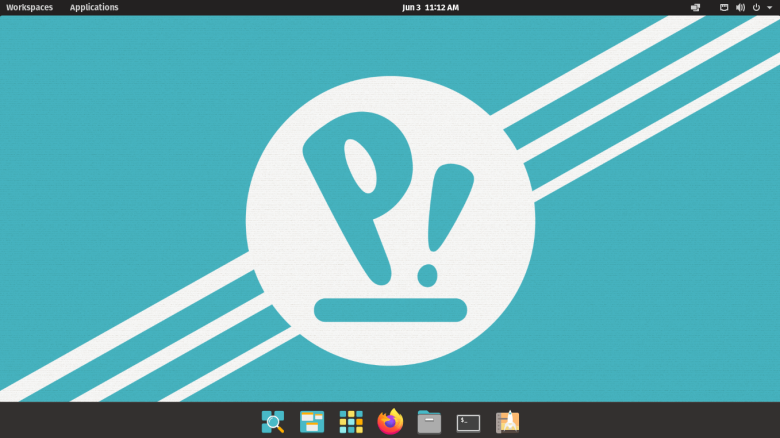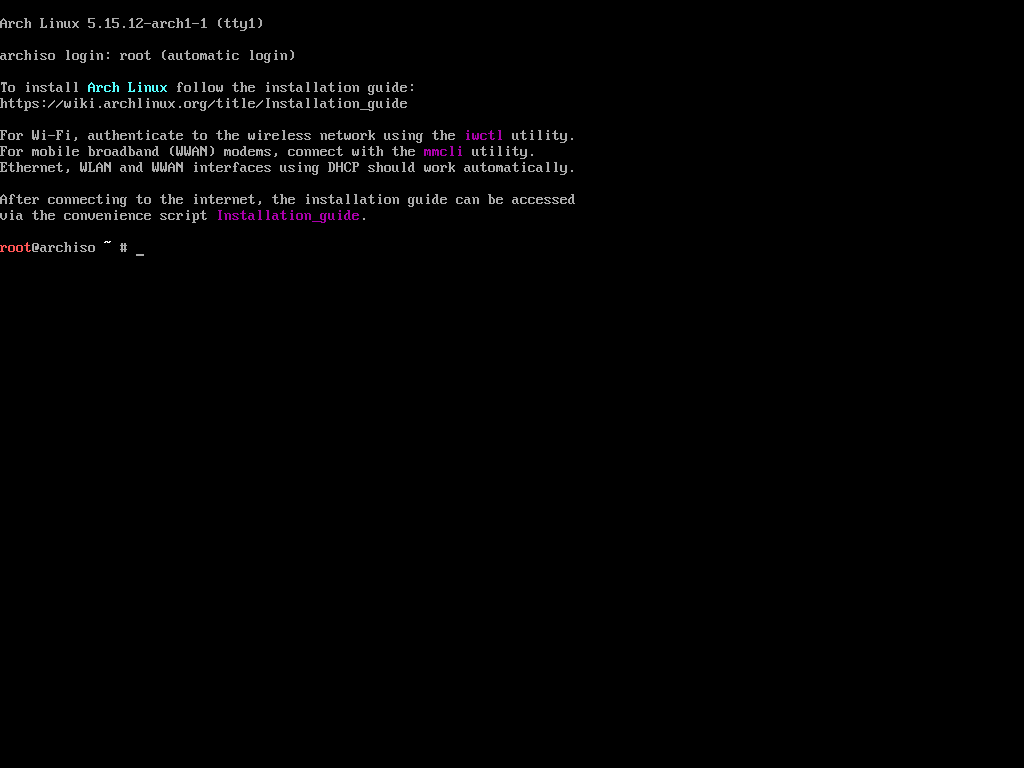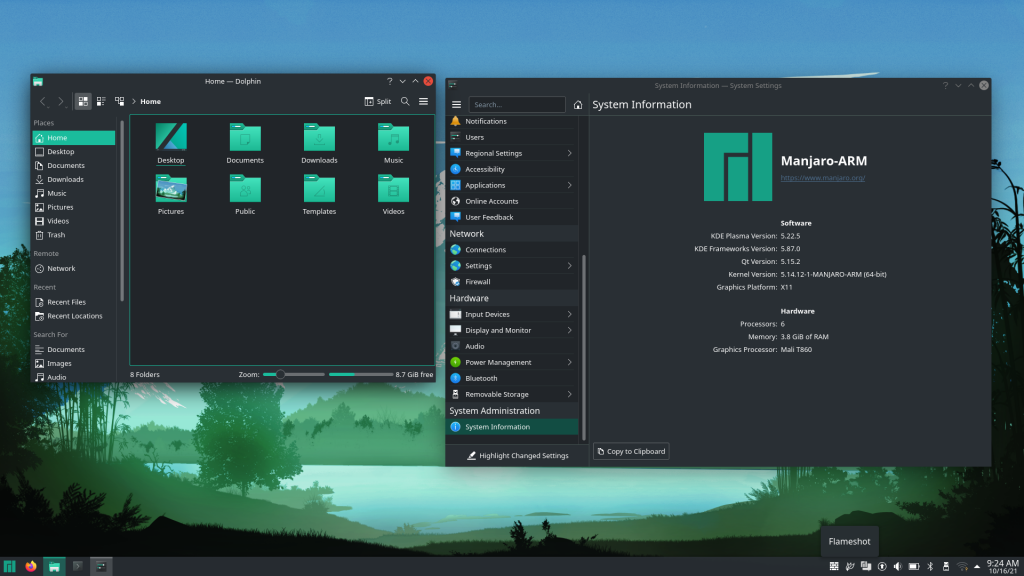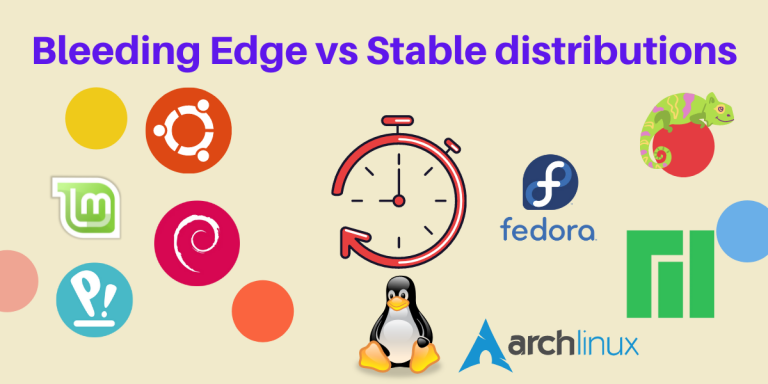In this article, let’s understand what bleeding edge distributions are. There are so many Linux distributions out there, like Debian, Ubuntu, Pop_OS!, Arch, Manjaro Fedora, etc., and like any other operating system, they are ‘Updated’.
Now, this update cycle is different for every Operating System. In this article, we are going to learn what are the different things which affect the update cycle of that particular operating system, and which OSes are updated more often than the others.
There are basically two types of release types in the Linux world, Distributions are either released in the ‘Regular release cycle’ or either in a ‘Rolling release model’.
The distributions which are updated regularly (which rolling release distributions do) are considered as a bleeding-edge distribution.
Distributions With Slower Release Cycles
Let’s now understand what a release cycle is and how it affects the category a distribution falls in.
Debian Release Cycle
Debian is the mother of most of the Linux distributions. Ubuntu is based on this distribution, and therefore all the Ubuntu-based distributions indirectly rely on this operating system.
It prioritizes stability over updated-ness, and therefore, Debian is updated roughly biennially.
While the security fixes are applied fairly regularly (every one to two months), their version updates sometimes take more than a year or two. Debian 10 Buster was released on the 6th of July 2019, whereas the next version, Debian 11 Bullseye, was released last year on 14 August 2021.
It also has three release versions, ‘Stable’, ‘testing’, and ‘unstable’.
The unstable edition termed as ‘sid’ is actively developed and is the most chaotic.
The ‘Testing’ edition is where all all the packages that have been added to the unstable version are tested for stability.
The stable edition is the recommended version to use for everyone. Because of its stability and long-term support, it is a go-to distribution for people who would want to make a server.
Ubuntu Release Cycle
Ubuntu is based on the testing edition of the Debian operating system. Canonical releases two editions of Ubuntu every year, that is, one LTS (Long Term Support) in April and one interim release in the month of October.
Canonical reports that over 95% of all the Ubuntu installations are of the LTS editions. Ubuntu also focuses on being stable rather than being up-to-date. This is the reason people also use this distribution’s server edition.

Release cycle of Pop_OS! and other Ubuntu based distributions
Because Pop_OS! is also based on Ubuntu, it also follows two releases in a year model of Ubuntu. Other Ubuntu-based distributions and Ubuntu flavors like Linux Mint, Xubuntu, Kubuntu, etc. also follow a similar release cycle.

Release cycle of OpenSUSE
Although openSUSE has a rolling release version, termed as ‘Tumbleweed’, it also has a stable release cycle version named ‘openSUSE Leap’ which releases its minor version every 12 months, and the major version is released approximately 36-48 months.
Rolling Release or Bleeding Edge Distributions
Let’s now look at some of the operating systems that are categorized as rolling releases or bleeding edge. This basically means that you do not have to wait for the next update as these are directly pushed to your system.
While this causes instability and brings the potential of breaking down your system with every new update, Linux enthusiasts enjoy trying out the latest versions of their favorite packages.
Arch Linux
Arch Linux is considered a bleeding-edge operating system. There is no ‘version number’ for this operating system and its ISO, which is a snapshot of the bare system without any extra software and drivers installed, is updated on a daily basis on the official website.
But bleeding edge distributions come at the cost of stability. Arch Linux would break many things because of all the latest packages which are not tested.
It can cause compatibility issues if one software uses a different version of the software and another software would want the latest version. Also, this distribution is not considered for beginners as the installation process is tricky and requires a lot of reading.

Manjaro Linux
Manjaro is based upon Arch Linux and is sometimes preferred over Arch by beginners because of the easier installation process.
Its update process is slower than Arch because the developers claim to test every package before pushing it to the distribution repositories.
But they do not test the AUR packages and still hold them, sometimes for weeks, before pushing it to the distribution repositories, and this reason alone is why many intermediate or advanced users don’t like this distribution as much as they prefer Vanilla Arch.

OpenSUSE Tumbleweed
As mentioned earlier, Tumbleweed is the code name given to the rolling release version of OpenSUSE.
Fedora Workstation
Fedora is developed by Red Hat and is treated as an upstream for RHEL (Red Hat Enterprise Linux). This is where any GNOME desktop’s environment update is first released and if you prefer GNOME, this distribution is for you. Fedora ships with Vanilla GNOME but, officially, ISOs with various Desktop Environments are also available on their site.
OpenSUSE Tumbleweed and Fedora is considered as the distribution with the right balance between being bleeding edge and being stable at the same time. However, there are so many distributions, you have to give them a try and find out which distribution suits you the best.
Conclusion
You have now learned which distributions are bleeding edge and which ones are stable. Also, I hope you have figured out which distribution you consider to be the right pick for you.





